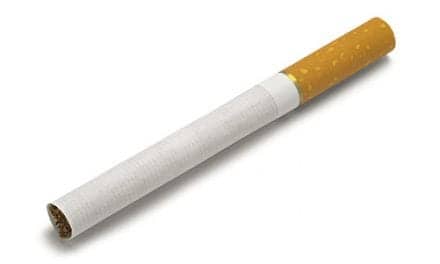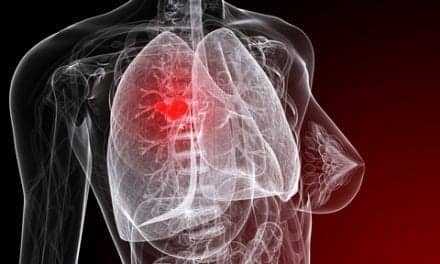A new study has shown that people traveling in New York City’s subway system encounter particle quantities well above safe levels.
Tiny airborne particles, probably thrown up by train brakes or the friction between train wheels and rails, are rife in the 71 underground stations sampled by researchers during morning and evening rush hours in Boston, New York City, Philadelphia and Washington DC, the cities that contain the bulk of subway systems in the US.
The levels of these tiny specks of pollution, called PM2.5, were well above nationally determined safe daily levels of 35 micrograms per cubic meter in each of the cities. New York’s Metropolitan Transit Authority (MTA) system had 251 micrograms per cubic meter, followed by Washington DC with 145 micrograms per cubic meter. Philadelphia was, comparatively, the cleanest system but still breached the limit beyond which serious health hazards are risked.










